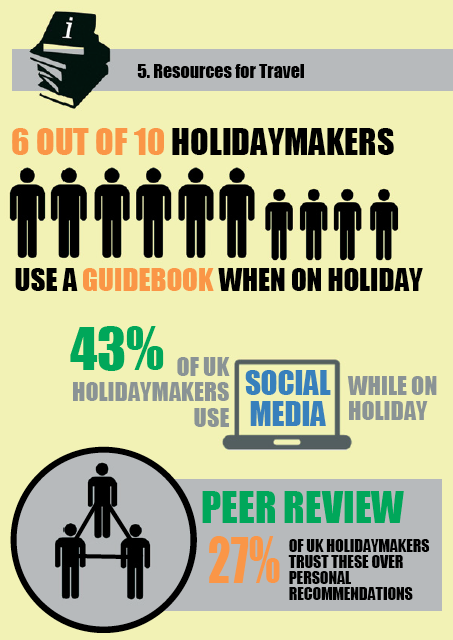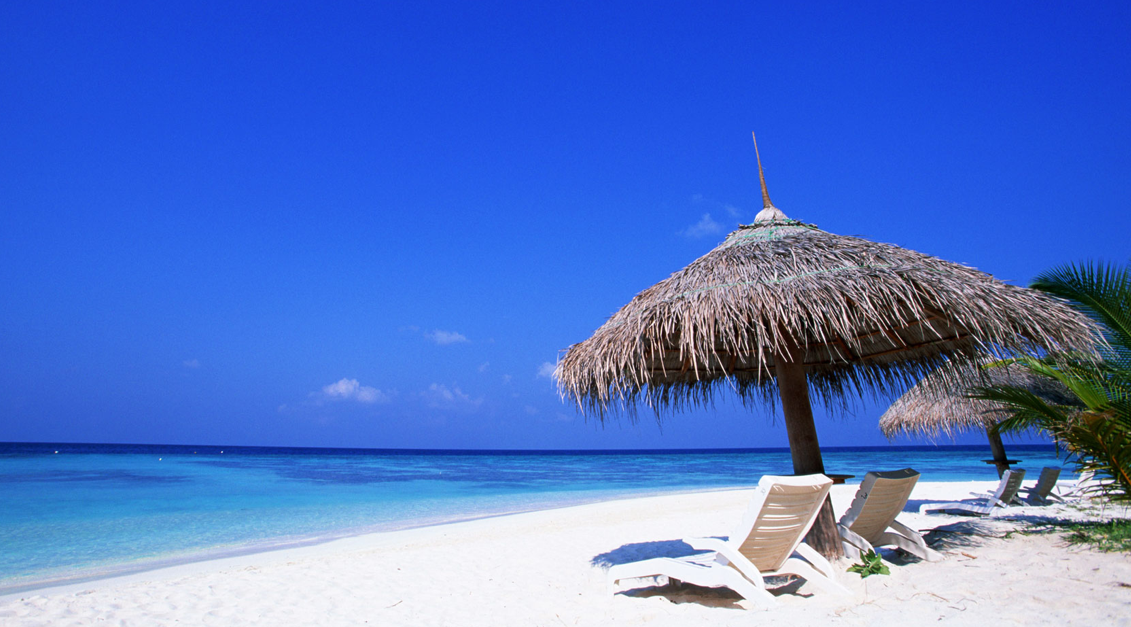The World’s second biggest travel trade show, World Travel Market just ended in London, bringing over 48,000 tourism industry key players from across the globe.
Every year, as part of their educational tracks and seminars, WTM publishes its annual Industry Report surveying more than a thousand senior holidaymakers on various topics ranging from upcoming trends to airlines, emerging markets or travel resources utilization.

The fact that 27% of UK holidaymakers trust peer reviews over personal recommendations is not surprising by itself, even though many admit loathing the use of TripAdvisor, Yelp and other similar networks.
What is actually surprising is the dismal result of other, more known travel resources like specialized magazines (5%) and the traditional newspaper travel section (5%). Some will find it refreshing to find out that printed guidebooks still come out strong, with 14%, the same score as travel board websites – otherwise known as destination sites, or DMO.
What were the resources least used for planning and going on holidays? Social media and travel blogs, scoring only 3% each on this survey! That was enough for Skift to publish a controversial piece titled Travel Blogs Not Finding Use Among Travelers. Ahem! I beg to differ, and here are the two major reasons why.
HOLIDAYMAKERS VS TRAVELERS
The first bias here, and it’s an important one, is that the 1,277 folks surveyed for this Industry Report were holidaymakers who took at least a one-week international vacation outside of the UK in the past year. Well, no offense, but holidaymakers are usually folks savvy about the travel industry, and they know the tricks of the trade. Comparing their behavior with that of everyday travelers is misleading.
I have written many articles in the past on the lasting and growing trend of social media, mobile and user-generated content platforms as key decision-making influencers for the digital traveler. And most, if not all, recent studies point to growing utilization of web-based tools, from travel apps to social media and, yes, travel blogs.
I would venture further to say that holidaymakers surveyed in this report are lagging behind trends being observed in various other studies. For example, it says that 43% of holidaymakers use social media while on vacations.
However another survey, authored by TEXT100 and published a year ago, showed how digital influence travel decisions across the globe. Percentages were much higher, including with European travelers.
It should also be said that there is a well-known low adoption of mobile and social trends in the UK, largely attributed to high charges associated with texting and calling and data roaming. A recent survey by TripAdvisor with over 20,000 UK travelers unveiled different findings about UK travelers:
- 15% of UK travellers use social media to research and plan trips
- 25% using it to get recommendations while on the go
- 39% UK travellers accessed social media networks while away, compared to around 91% in Indonesia, 87% in Malaysia and 86% in Thailand
- The most popular reason for UK travellers to use social media (in their travel planning) is to access rich media like video and photo of places they plan to visit
HOW DO WE DEFINE “USE”?

Before ditching social media and travel blogs altogether, let’s also revisit the question here, which was to assess travel resources used for planning and going on holiday. There are five stages to the travel decision process, according to Google: dreaming, planning, booking, experiencing, and sharing.
It’s been demonstrated that social media, for example, is not a key driver at the planning or booking stages, but plays a huge role at the experiencing and sharing stages. Doing so, it often impacts the dreaming stage for folks in your network. An example: you share a picture of yourself at a fabulous beach resort, dragging your feet on a pristine, sandy beach… making some friends jealous, or at least commenting and thinking of their next trip!
Travel blogs play a similar role, mostly at the beginning and the end of a travel cycle, or in the dreaming and sharing stages. The same could even be said about newspaper travel sections or specialized magazine: there serve a great purpose in sparking interest for a destination, things to do there, ways to discover and meet locals, and so on.
Just because they are not used by UK holidaymakers during the planning and going stages doesn’t mean they are not meaningful to travelers in general.
SO THEN, WHAT USE FOR TRAVEL BLOGS?
There are as many travel blogs out there as they are types of travelers, so a first thing required here is to kill the misconception of the solo traveler holding an online diary, seeking visibility in exchange for freebees. Yes, there are such travel blogs out there, but these are not the ones targeted nor referred to by industry experts and destination marketers.
The following video shows a great case study of how Meet South Africa got influential bloggers to create a buzz over its destination, in the same fashion that traditional PR would get TV exposure or media coverage.
Yet travel blogs can also play an important role as part of a travel marketing approach online. Tourisme Montreal, for example, has been using its blog as cornerstone to its online content strategy, which can then be amplified through its various social media networks, i.e. Instagram, Facebook, Twitter, Pinterest.
Content Creators
Another great example is how Tourism Richmond used a novel approach to highlight how many great restaurants it had on its territory, through a blogger competition that generated over 1,500 applicants and one paid blogger covering a different restaurant everyday of the year. Thus, the 365 Days of Dining concept was born and, to this day, remains a great online resource for anybody planning to eat around the Richmond area, in British Columbia, Canada.
So for travel marketers, in particular at the destination level, travel blogs play an important role in crafting the attractiveness of the place, its people and the stories that shape its daily life, no matter what time of year. The important thing is to know what role this content is intended to play in the overall online destination marketing strategy, in order to find a good fit for all parties involved: the travel blogger, the destination… and the traveler. Or holidaymaker.










Leave a Reply